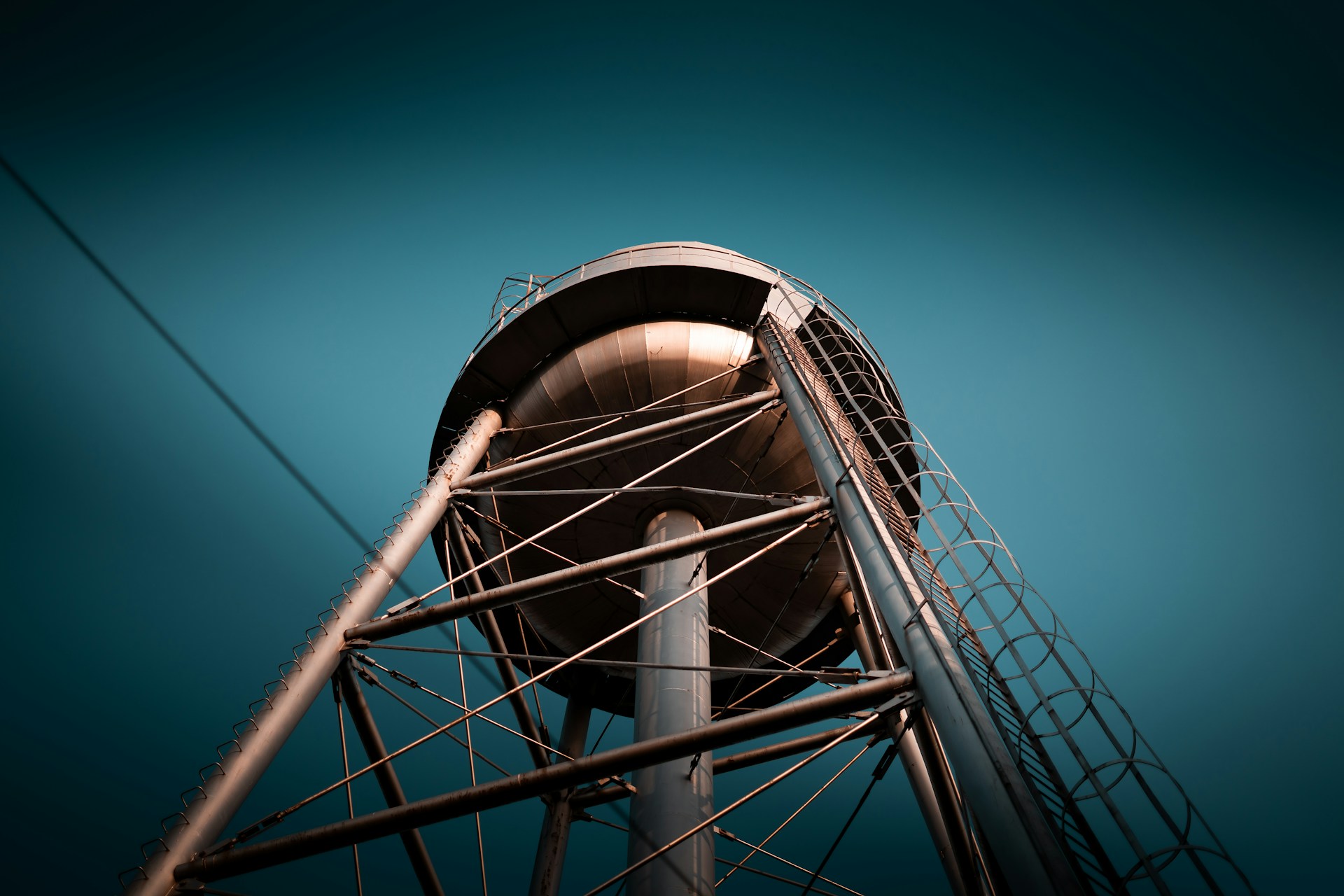
Waterproofing tanks is really important, especially in areas where the weather is often wet and rainy. When your tanks aren’t properly waterproofed, you might run into problems like leaks and rust. These issues can disrupt how your tanks work and can be costly to fix. Imagine trying to keep water inside a leaky bucket—it’s just not going to work out well! That’s why ensuring tanks are well-protected against water is a big deal.
Wet climates can be challenging for tanks because the constant exposure to moisture can slowly damage them. Even if you can’t see it right away, water can get inside tiny cracks and cause trouble over time. This is not just about keeping water in; it’s about keeping the outside water out. By ensuring tanks are waterproof, you protect your investment and make sure everything keeps running smoothly. This, in turn, saves time, effort, and money in the long run by avoiding unexpected fixes and downtime.
Understanding Tank Waterproofing
Tank waterproofing is all about creating a protective barrier that keeps water where it’s supposed to be and prevents outside moisture from sneaking in. Think of it like dressing in a good raincoat on a rainy day. The raincoat makes sure you stay dry no matter how much it rains, and tank waterproofing works the same way to keep tanks safe and functioning.
Here are some key points about tank waterproofing:
– Materials Used: There are several materials used for waterproofing, like special coatings and sealants. Each one is designed to offer protection against moisture, enhancing the longevity and durability of the tanks.
– Prevents Leaks and Corrosion: Waterproofing not only stops leaks before they start but also prevents the metal or material of the tank from corroding or rusting. Water and metal don’t really get along, and the presence of water over time leads to rust, which can quickly become a big problem.
By understanding tank waterproofing better, you can choose the right types of protection to keep tanks in top shape. It’s all about making sure leaks and rust never have a chance to take hold, thus prolonging the tank’s useful life. Protect your tanks now to avoid bigger problems in the future.
Common Challenges in Wet Climates
Wet climates present unique challenges when it comes to maintaining the integrity of tanks. The constant exposure to moisture can lead to several issues that undermine the durability and performance of tanks. One typical problem is moisture build-up, which, over time, can seep into tiny cracks or vulnerabilities in the tank’s structure. This infiltration can weaken the tank and makes it prone to leaks. If tanks aren’t waterproofed effectively, moisture can also lead to significant rust. Rust is more than just an eyesore; it aggressively eats away at the tank’s material, compromising its strength and leading to potential failures.
Another issue often encountered is condensation. When warm air meets a cold tank surface, it results in moisture accumulating on the exterior. This might appear harmless at first, but consistent moisture collection can speed up wear and tear. Eventually, this might invite the growth of mould or mildew on the tank’s surface or connections, causing health and sanitation concerns. Preparing to address these challenges requires understanding the conditions your tanks will face and how these can affect their longevity and functionality.
Effective Waterproofing Solutions
Dealing with these challenges means considering waterproofing solutions that work well in wet climates. There are various options to look at when it comes to waterproofing tanks. One approach is using specialised coatings that form a barrier on the tank’s surface, stopping water from getting through. These coatings are designed to be applied directly onto the tank and create a seamless shield against moisture.
Choosing the right coating or waterproofing solution depends on the tank’s material and the specific environmental conditions. Some coatings are more suitable for metal tanks, while others might be better for concrete. It’s also worth considering factors like UV resistance, as exposure to the sun in wet climates can also deteriorate the tank material.
Here are a few tips for selecting a waterproofing solution:
– Consider the Tank Material: Choose a waterproofing material that is compatible with the tank. Not all solutions suit every type of tank.
– Environmental Conditions: Look for solutions that endure both wet and sunny conditions if your area experiences such variations.
– Ease of Application: Opt for waterproofing solutions that are straightforward to apply and don’t require complex procedures.
Maintenance Tips for Waterproofed Tanks
Once tanks are waterproofed, maintaining them becomes your next priority to ensure they remain effective. A few simple maintenance steps can keep tanks functioning well over the years. Start by establishing a regular inspection schedule. Regular checks can catch minor issues before they develop into bigger problems.
Pay attention to any changes in the tank’s surface, such as peeling coatings or emerging rust spots. These signs might indicate that the waterproof layer isn’t holding as well anymore and needs attention. Cleaning the tank’s exterior can also help maintain the waterproofing. Removing debris and grime ensures the protective layers don’t get compromised.
In addition, during inspections, ensure openings and seals are intact and examine any places where different materials meet. These spots are more prone to weakness, so they must be checked thoroughly. By combining these maintenance tips with effective waterproofing solutions, you can keep tanks functioning effectively even in the most testing wet climates.
To ensure your tanks remain in top condition despite the challenges of wet climates, you can’t overlook effective solutions. Investing in proper tank waterproofing is a smart move to protect your assets. Discover more about how ATM Tanks can help safeguard your tanks today.
- The Importance of Waterproofing Your Tank Properly - December 28, 2025
- The Ultimate Guide to Tank Liner Maintenance - December 28, 2025
- Five Warning Signs That Indicate Tank Repair is Needed - December 28, 2025






